A hydraulic motor is an apparatus that is used to actuate rotational motion. Its method of operation is not unlike that of hydraulic cylinders, which are used to actuate linear motion. Both kinds of equipment involve the use of pressurized hydraulic fluid, which is directed into the equipment through inlets. The force exerted by the pressurized fluid causes the moving parts of the equipment to move. A hydraulic motor is composed of an outer housing with two inlets and a rotor contained within the housing. When hydraulic fluid is forced into the housing through an inlet, it causes the rotor to turn, which in turn causes any attached equipment to rotate as well. Depending on the size and design of the motor, they can be used to generate fairly small amounts of torque, or they can be large enough to rotate components of heavy machinery.
These motors are utilized in many different applications, such as in manufacturing, construction, agricultural, and many other industries. In the construction industry, hydraulic motors are often integral components of heavy-duty vehicles. For example, in excavators, a hydraulic motor is located at the point where the cab makes contact with the track or wheel platform. The hydraulic motor between the platform and the cab allows the top portion of the vehicle to rotate a full 360 degrees.
An excavator hydraulic motor is not an example of a high speed hydraulic motor. In fact, many of these heavy-duty vehicles require more torque and precision than speed. After all, they’re used to move tremendously heavy materials, and especially in the case of small vehicles, they’re often deployed in situations where false moves could have consequences for nearby utilities like water mains and gas lines. For this reason, some of these hydraulic motors are capable of generating cab rotation without wobbling, and their motion can be carefully and precisely controlled.
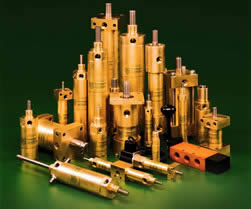 Hydraulic Cylinders
Hydraulic Cylinders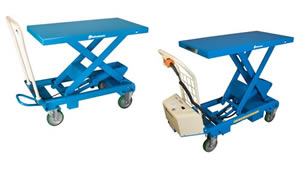 Hydraulic Lifts
Hydraulic Lifts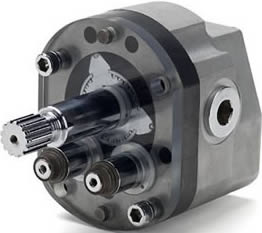 Hydraulic Motors
Hydraulic Motors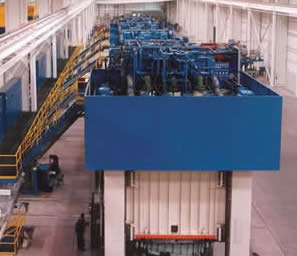 Hydraulic Presses
Hydraulic Presses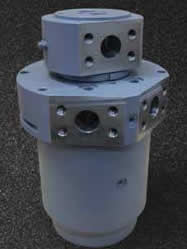 Hydraulic Pumps
Hydraulic Pumps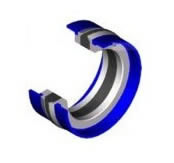 Hydraulic Seals
Hydraulic Seals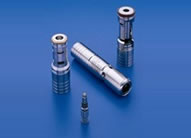 Hydraulic Valves
Hydraulic Valves Castings & Forgings
Castings & Forgings Bulk Material Handling
Bulk Material Handling Electrical & Electronic Components
Electrical & Electronic Components Flow Instrumentation
Flow Instrumentation Hardware
Hardware Material Handling Equipment
Material Handling Equipment Metal Cutting Services
Metal Cutting Services Metal Forming Services
Metal Forming Services Metal Suppliers
Metal Suppliers Motion Control Products
Motion Control Products Plant & Facility Equipment
Plant & Facility Equipment Plant & Facility Supplies
Plant & Facility Supplies Plastic Molding Processes
Plastic Molding Processes Pumps & Valves
Pumps & Valves Recycling Equipment
Recycling Equipment Rubber Products & Services
Rubber Products & Services